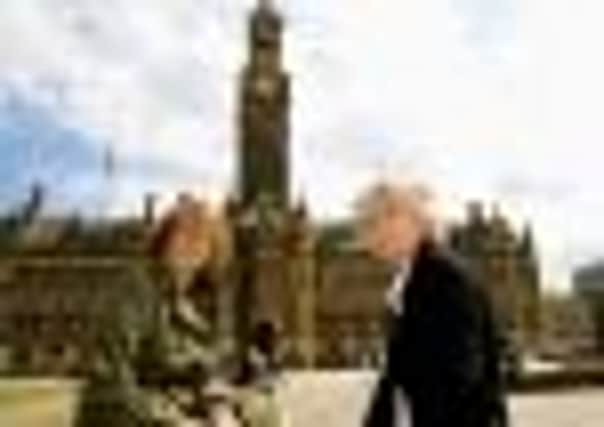The angry young men who now fear for a new generation


THE first of the rioters to be sentenced was 19 years old.
Despite a steady job, previously clean criminal record and character references from, among others, Bradford’s current council leader Ian Greenwood, he was sent from the court to begin a five-year prison sentence with the clank of cell doors and Judge Stephen Gullick’s words ringing loudly in his ears.
“There was, that evening, a sustained period of ugly and ferocious violence, lawlessness and mayhem, such as has never been seen in this city before,” Judge Gullick said at the time. “The people of this city are all entitled to look to the law for protection, and to the courts to punish those who behaved so violently and viciously.”
Advertisement
Hide AdAdvertisement
Hide AdIn the coming years, nearly 200 other young Asian men, ranging from petty crooks to university graduates, followed that first teenager out of Bradford Crown Court and into the prison van.
Dr Janet Bujra and Professor Jenny Pearce, from the University of Bradford, visited many of them in jail as part of research initiated by West Yorkshire Police to find out what turned these men into rioters. Their book, Saturday Night and Sunday Morning: The 2001 Bradford Riot and Beyond, was published yesterday to mark the 10th anniversary.
To conduct their interviews, the pair, joined by another researcher, Marie Macey, visited 24 rioters in 11 prisons across Yorkshire, Greater Manchester and Lancashire.
The young men they encountered were often poorly educated (more than half had no GCSEs), or had previous convictions relating to theft, drink and drugs. On the outside they had been frustrated by a lack of opportunity, on the inside they were seething with a bitter hatred of the police and the far right.
Advertisement
Hide AdAdvertisement
Hide Ad“Definitely with some of them there was still a sense of real anger with the police and the National Front,” says Dr Bujra. “They felt very bitter about the way the far right said they were going to march and didn’t turn up. They felt as though they had been made idiots.
“They also felt the police had treated the whole riot in a very heavy-handed way and had pushed and provoked them.
“I don’t think enough recognition was given by the courts of the feeling that there was in the local community about the National Front and far right groups.”
The average age of the sentenced rioters was 24, and despite their anger at the system, the vast majority are now out of prison and have moved on with their lives. Their average re-offending rate is just six per cent, the national average is ten times that.
Advertisement
Hide AdAdvertisement
Hide AdMany now work in family businesses in and around Bradford, while some have chosen youth work to try to shield the next generation from their mistakes. During last year’s EDL protest, several of the rioters intervened to prevent trouble flaring, with one taking a group to a snooker club to distract them for the afternoon.
One jailed rioter, interviewed for the book in 2010, said: “We, the rioters, have all grown up now... the problem is the new generation. We had a 12-year-old who was pushing drugs, we never had that at my age.”
Professor Pearce agrees with the need to protect the new generation.
“The rioters were a very segregated generation and the provocation of the far right articulated these frustrations,” she says. “Bradford has developed a resilience to this type of far right provocation – but it is still vulnerable. Out of the 24 former rioters we interviewed, six were involved in youth work and are all very concerned about the impact of the EDL on the younger generation and ensuring they don’t make the mistakes they did. There is no doubt that things have moved on from 2001 but there are still huge problems.
Advertisement
Hide AdAdvertisement
Hide Ad“There are cohorts of young men who are quite disenfranchised from the public world and are a risk to being provoked by organisations like the EDL. We needed to get the policing right and they learned a hell of a lot in August 2010.
“The police made it very clear in 2010 they were policing the far right and reassuring the young men of the community that they weren’t treating them as a problem.” Professor Pearce, like many in the city, says it is its young people from all walks of life who hold the key for a brighter future for Bradford. As one rioter said in a prison interview with her in 2003: “We thought this is it, we will put Bradford on the map. We put Bradford on the map for the wrong reason.”
Now it is where the next generation will take the city that will count.